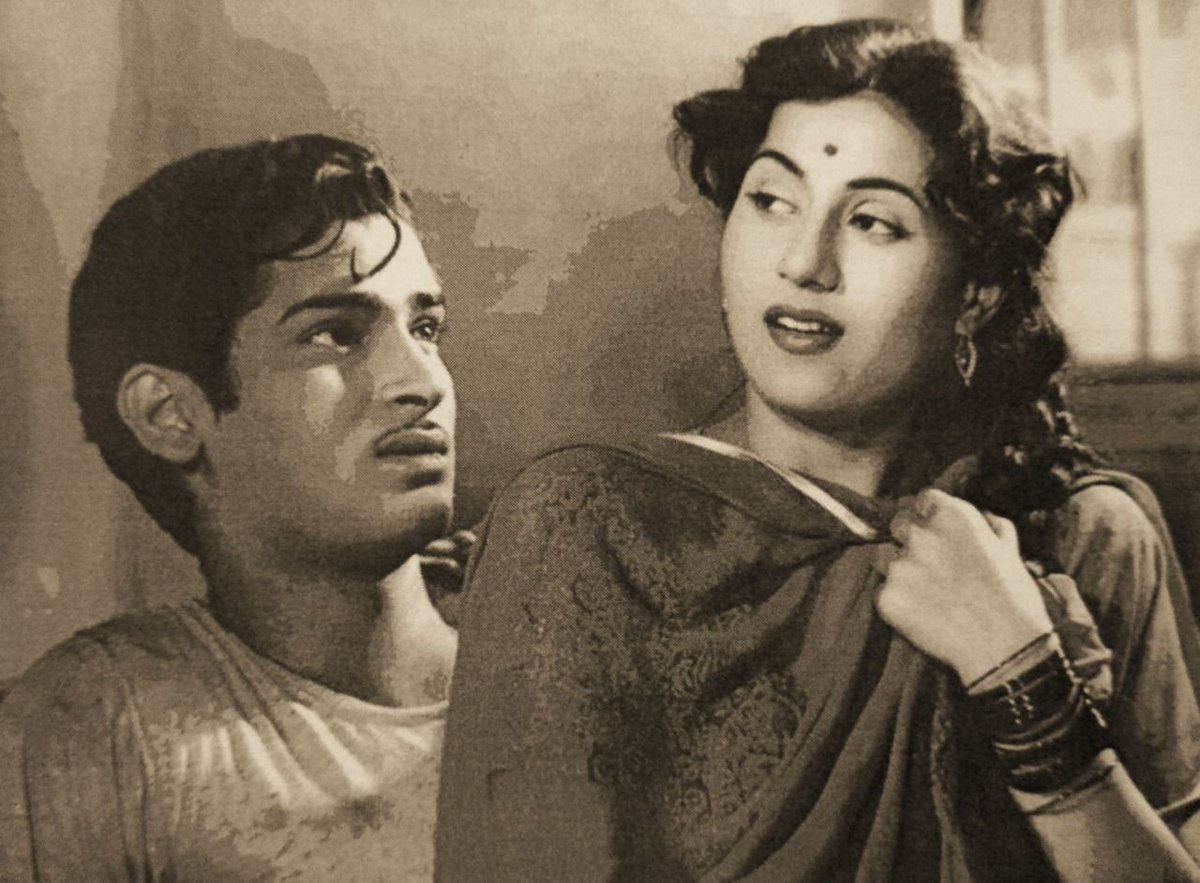
Her parents called her ‘Mumtaz Jehan Begum Dehalvi’ but the world knew her as the ‘Marilyn Monroe of India’. Her screen name was simply ‘Madhubala’, the most celebrated star in Hindi cinema in the ’50s and ’60s and whose 52nd death anniversary falls #OTD.
#MakingofModernIndia
#MakingofModernIndia

Madhubala was so beautiful it drove her co-stars to distraction. Shammi Kapoor said of their time on the sets of ‘Rail Ka Dibba’: “I was so nervous that I kept forgetting my lines. She was fully aware of the effect she had been having on me and was relishing it thoroughly.”
2/6
2/6

Enchanted by her, popular Greek singer Stelios Kazantzidis dedicated a hugely popular song to her. He titled it ‘Mantoubala’:
“I wish I could see you and then die, my dear
My soul wants only this
Since I lost you, I’m melting
I cry out your name with pain
Madhubala, Madhubala”
“I wish I could see you and then die, my dear
My soul wants only this
Since I lost you, I’m melting
I cry out your name with pain
Madhubala, Madhubala”

Madhubala made her film debut as child artiste ‘Baby Mumtaz’ in ‘Basant’ (1942) at age 9. Her first lead role was in ‘Neel Kamal’ (1947), incredibly when she was just 14. The film also gave Raj Kapoor, who starred opposite her, his first big break as a lead actor.
4/6
4/6

Madhubala was featured in ‘Life' magazine and America’s ‘Theatre Arts’, which titled its story ‘The Biggest Star in the World – and she’s not in Beverly Hills’. Academy Award-winning director Frank Capra wanted to cast her but her father refused to let her act in Hollywood.
5/6
5/6

Even though she was an iconic actor of her time, #Madhubala never received a single award. She was nominated for the Filmfare Award for Best Actress for her performance in ‘Mughal-e-Azam’ (1960). She died in 1969, aged 36. She had by then acted in over 70 movies.
6/6
6/6

• • •
Missing some Tweet in this thread? You can try to
force a refresh









